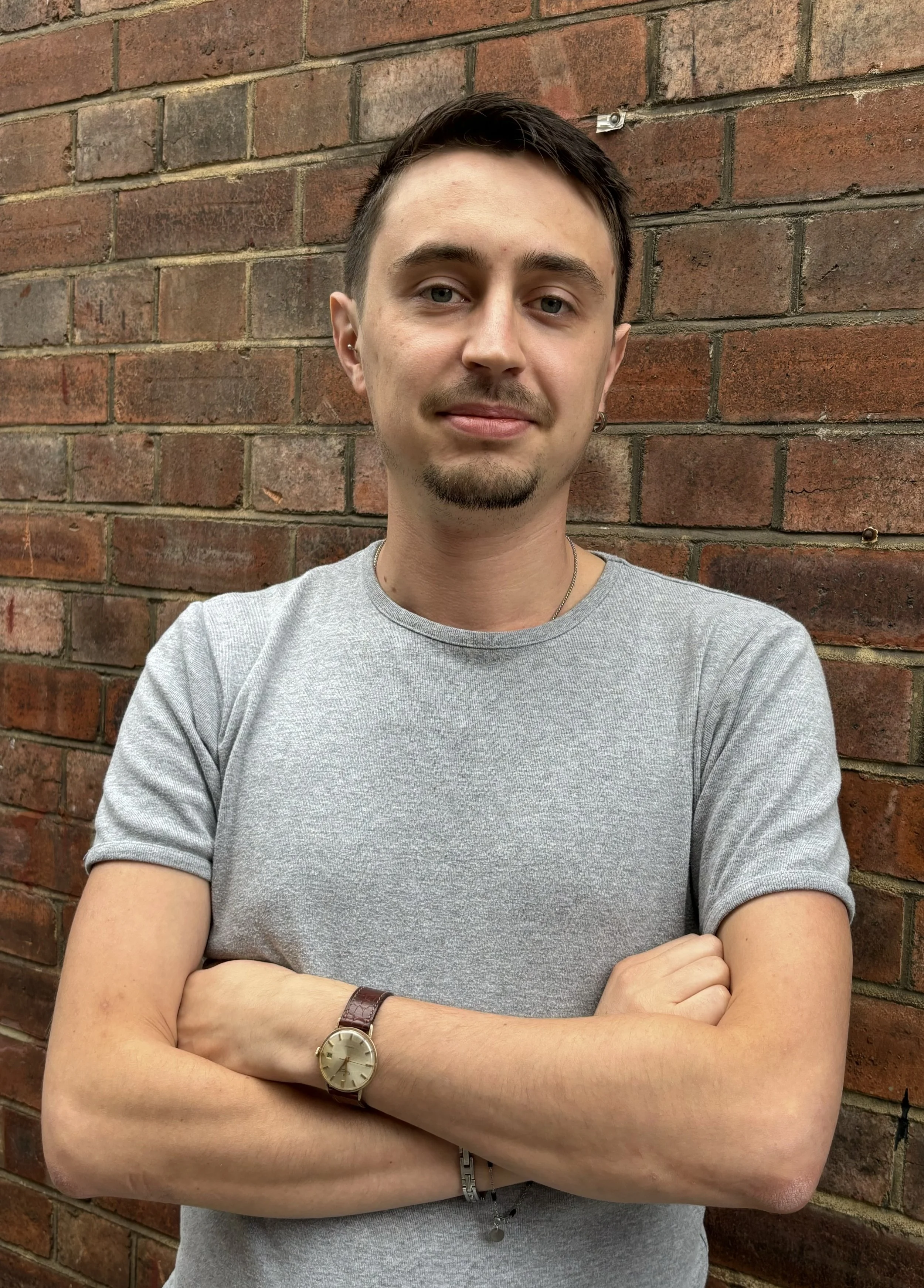In conversation with Mattia Del Conte about his radiography of Ischiopsopha bifasciata
Mattia Del Conte - Medical Physicist
I am a Medical Physics student in the master’s course of Nuclear Physics at University of Trieste, Italy. My thesis project focuses on the characterization of X-Ray detectors in collaboration with ISDI Ltd. As part of my stage project, in collaboration with Dr. Vittorio Di Trapani and Prof. Pierre Thibault, I conducted a radiography examination of an Ischiopsopha bifasciata specimen, which was provided by the MUFFFA project at Casa delle Farfalle di Bordano in Italy. The images were acquired at the OptImaToLab hosted at Elettra synchrotron with an Excillum Liquid metaljet source set at 70kV using the Spectrum Logic 1412HR 50μm-pixel CMOS flat panel detector in a propagation-based configuration[1]. The specimen measured 2cm x 4cm in size.
Ischiopsopha Bifasciata beetle specimen
The images were acquired at two different source-detector distances of d1 = 160cm and d2 = 318cm, allowing different propagation distances of the X-ray wavefront. For each source-detector distance, the sample was positioned to achieve magnifications of M = 2 and M = 5, where magnification is defined as M = D(source-detector)/D(source-sample). The exposure times were 6s-long for d1 and 25s-long for d2.
The experimental set-up featuring 1412HR detector
Experimental set up using Excillum X-ray source
The following are the attenuation maps of the Fixed Pattern-Noise and Electronic-Noise corrected images acquired in High Full Well Modality, where a higher attenuation of the X-rays by the sample tissues results in a brighter colour of the image:
X-rays of of Ischiopsopha bifasciata
From the acquired images, it appears that the best detail resolution is achieved for M = 5, according to [2], where in our case σSource= 20μm while σDetector = 75 μm.
The pixel size of 50μm and the increase of the propagation distance, e.g. the distance between the detector and the sample, allow small details of the sample to be resolved such as hairs, exoskeleton details and internal features of the beetle, showing the increase of spatial resolution for higher magnifications. This analysis is of great interest for the research in biological science since it allows the examination of inner parts of small insects, avoiding invasive techniques that could cause irreversible damages to the samples.
Why was a beetle chosen as the subject for the X-ray image?
The beetle was chosen because it has an exoskeleton, which can make it challenging to see inside it. Unlike human bodies, beetle's internal organs are completely placed inside the exoskeleton. Furthermore, the challenge of imaging such small details, enhances my skills, as I am interested in using imaging techniques to look at even smaller objects and animals in the future.
Were there any specific challenges you faced while capturing the X-ray image?
This measurement was not particularly complex, because the experimental set-up is optimized for propagation-based imaging, allowing easy repetition of the measurements at different distances and magnifications. The most important challenge was to learn new techniques in order to X-ray such a small insect.
Personally what experiences did you gain during the project?
I had never worked on imaging techniques before. OptImaTo Lab is a very professional facility and ISDI-Spectrum Logic provide market-leading detectors, so the union of these two entities enabled me to learn a lot about this field of research. Handling the samples, choosing the best technique to apply and the best detector to use, are crucial skills for my master’s degree and will be useful in my future career. Now I am finally applying in practice, what I have learnt about during my studies.
References
[1] Vittorio Di Trapani et al 2024 JINST 19 C01018, 2
[2] Hanna Dierks and Jesper Wallentin, "Experimental optimization of X-ray propagation-based phase contrast imaging geometry," Opt. Express 28, 29562-29575 (2020)





